Hey there, I’m Ranjan Bhattacharya, a photographer with over 24 years of experience capturing everything from corporate campaigns to dreamy weddings. If there’s one thing I’ve learned while working on 170+ commercial ads and 150+ model portfolios, it’s that composition can make or break a photograph—especially in advertising. Today, I’m diving deep into one of my favorite techniques: leading lines. These visual pathways don’t just guide the viewer’s eye; they tell a story, evoke emotions, and make your product the star of the show. Let’s explore how leading lines can transform your advertising photography and why they’re a must-know for 2025.
“Leading lines aren't about geometry. They’re about emotion in motion. They whisper, ‘Look here. Feel this.’” — Ranjan Bhattacharya
What Are Leading Lines?
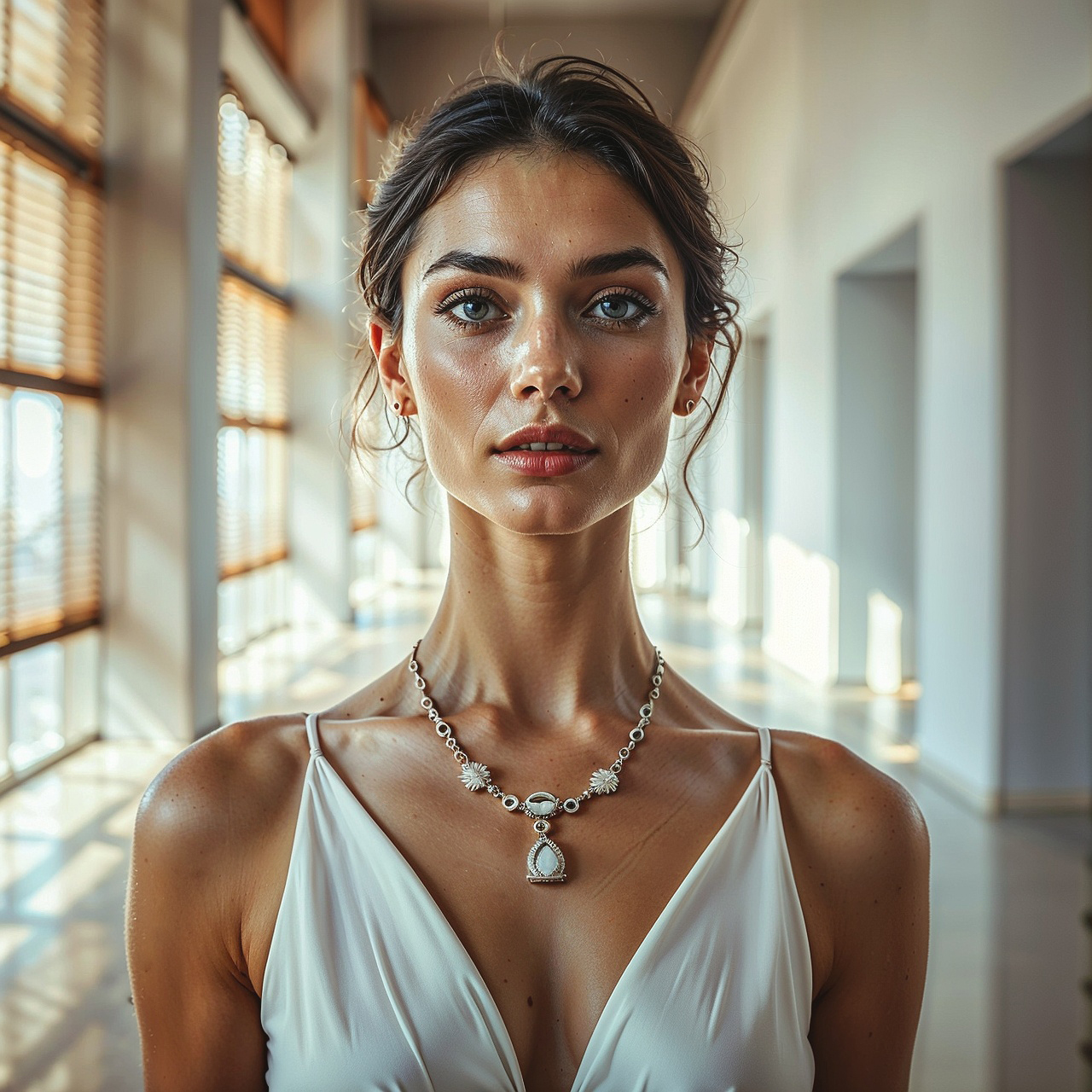
In photography, leading lines refer to lines within a frame—natural or man-made—that draw the viewer’s gaze toward a specific focal point, usually the subject. These lines can be roads, walls, shadows, railings, arms, or even the edges of light. They create flow, structure, and a sense of movement in an otherwise static image.
In advertising photography, their role becomes even more powerful. You're not just drawing the eye—you're directing attention where the brand wants it. That could be a watch dial, the neckline of a couture outfit, or the glossy texture of a skincare product.
Why Leading Lines Matter in Advertising Photography
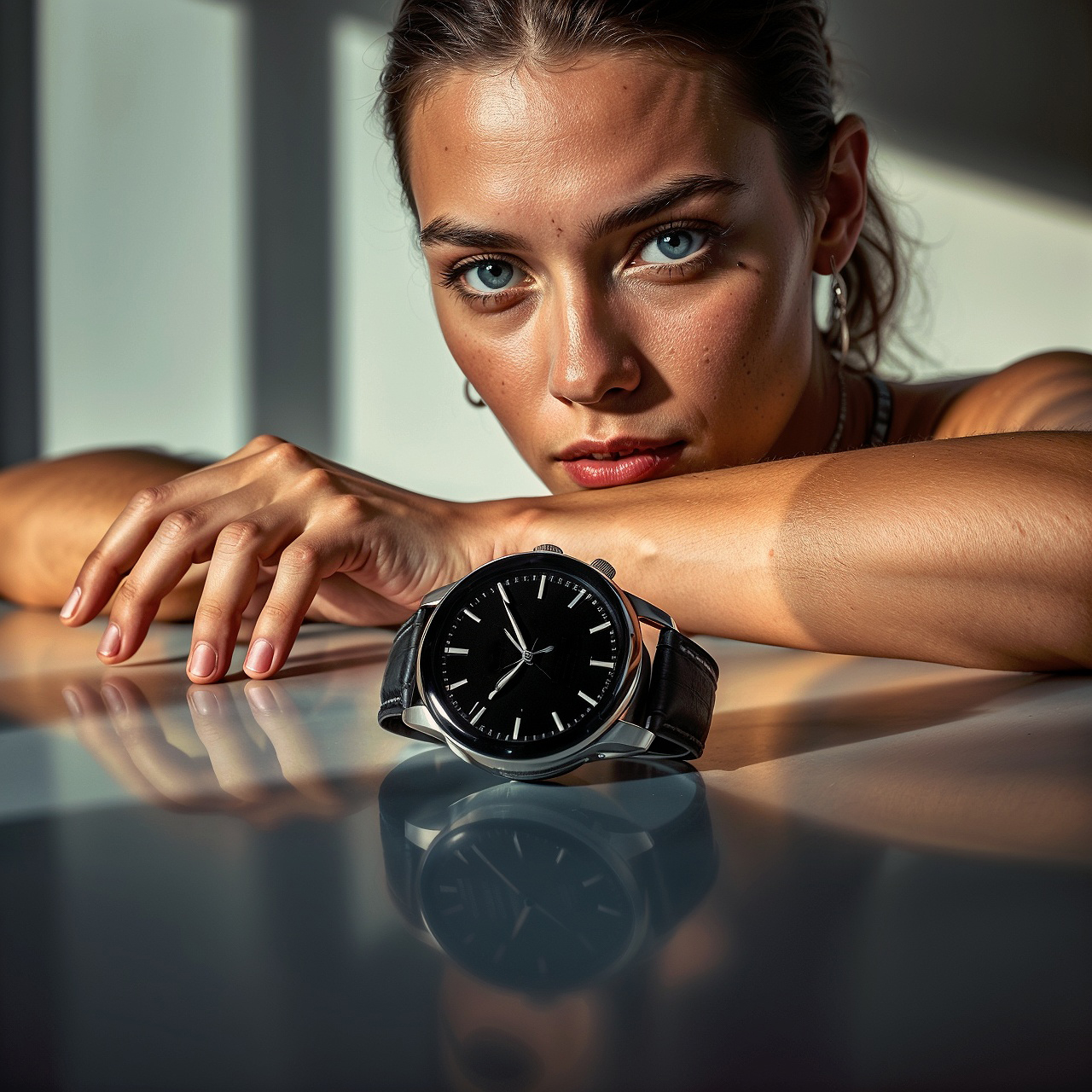
In the fast-paced world of advertising, you’ve got mere seconds to grab attention. Whether it’s a billboard, an Instagram ad, or a magazine spread, your image needs to speak—loudly and quickly. That’s where leading lines come in. These are visual elements like roads, shadows, or product curves that guide the viewer’s gaze straight to the main subject, ensuring your brand’s message isn’t missed. I’ve seen leading lines turn a cluttered frame into a masterpiece, creating depth, suggesting emotions, and making the product unforgettable.
The Psychology Behind Leading Lines
Here’s the magic: our eyes naturally follow lines. It’s how we’re wired. A road stretching into the distance, a model’s arm pointing to a handbag, or even a shadow on the floor—lines lead us on a journey, making the image more engaging. In advertising, this is gold. By directing attention to the product, leading lines ensure the viewer doesn’t get distracted by background noise. They also add a sense of movement or stability, depending on the line type, which can align perfectly with the brand’s vibe.
A Growing Trend in 2025
Google Trends in June 2025 shows a breakout surge in searches for “leading lines photography,” and it’s no surprise. As noted in Capturing Tomorrow: Photography Trends to Embrace in 2025 by Savvy Shutterbug, minimalist compositions with clean lines are dominating this year. Brands are leaning into visuals that are simple yet striking, and leading lines fit the bill perfectly. Whether you’re shooting for a luxury brand or a tech startup, this technique is your ticket to creating ads that stand out in a crowded market.
Types of Leading Lines and Their Impact
Not all leading lines are created equal. Each type has a unique effect, making it ideal for specific advertising goals. Let’s break down a few I use regularly in my shoots.
Horizontal Lines: Stability and Serenity
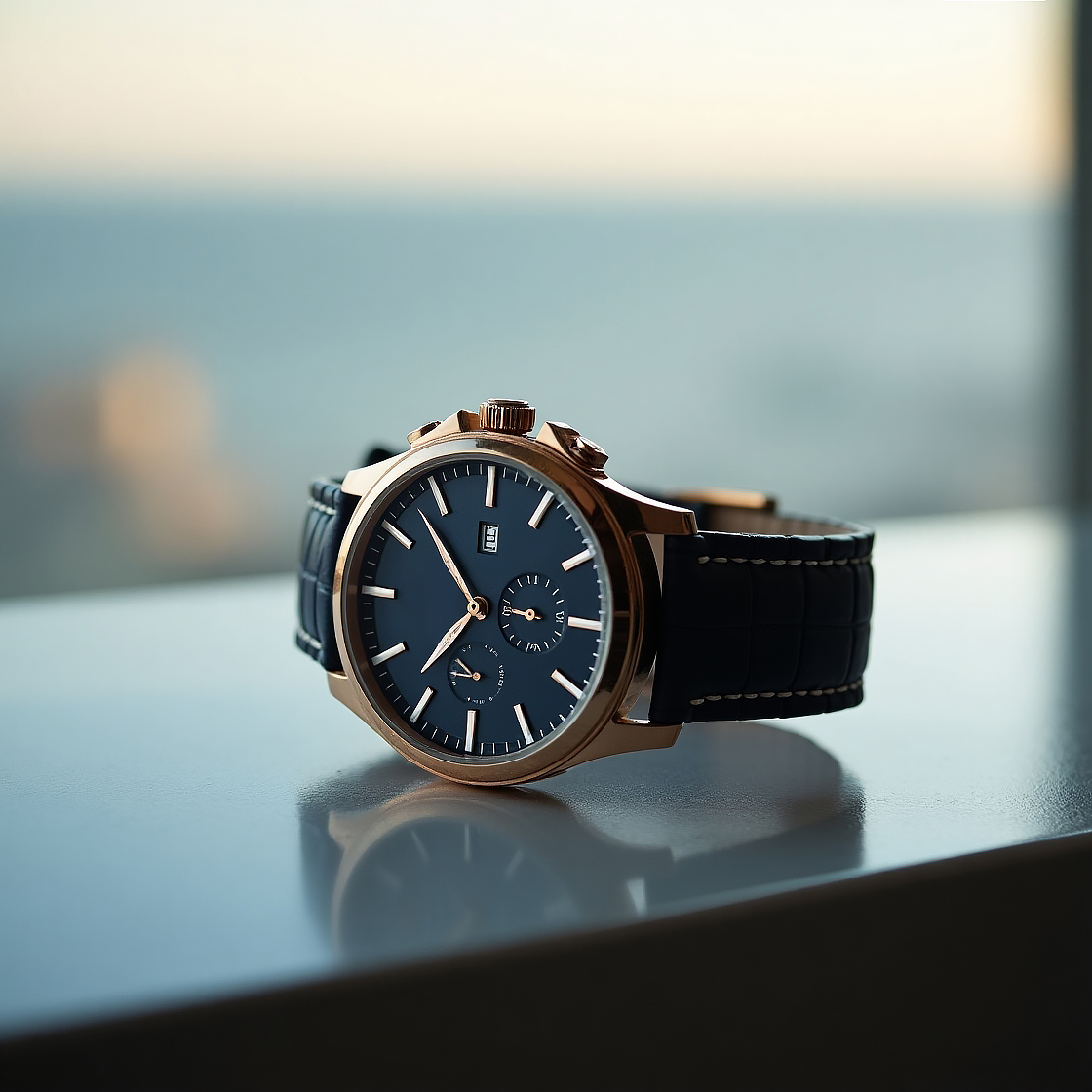
Horizontal lines, like a horizon or a tabletop, suggest calmness and stability. They’re perfect for luxury products—think real estate ads with a horizon leading to a villa or a watch ad where the strap creates a steady line. These lines make the viewer feel grounded, which is exactly what high-end brands want to convey: trust and timelessness.
Diagonal Lines: Energy and Movement
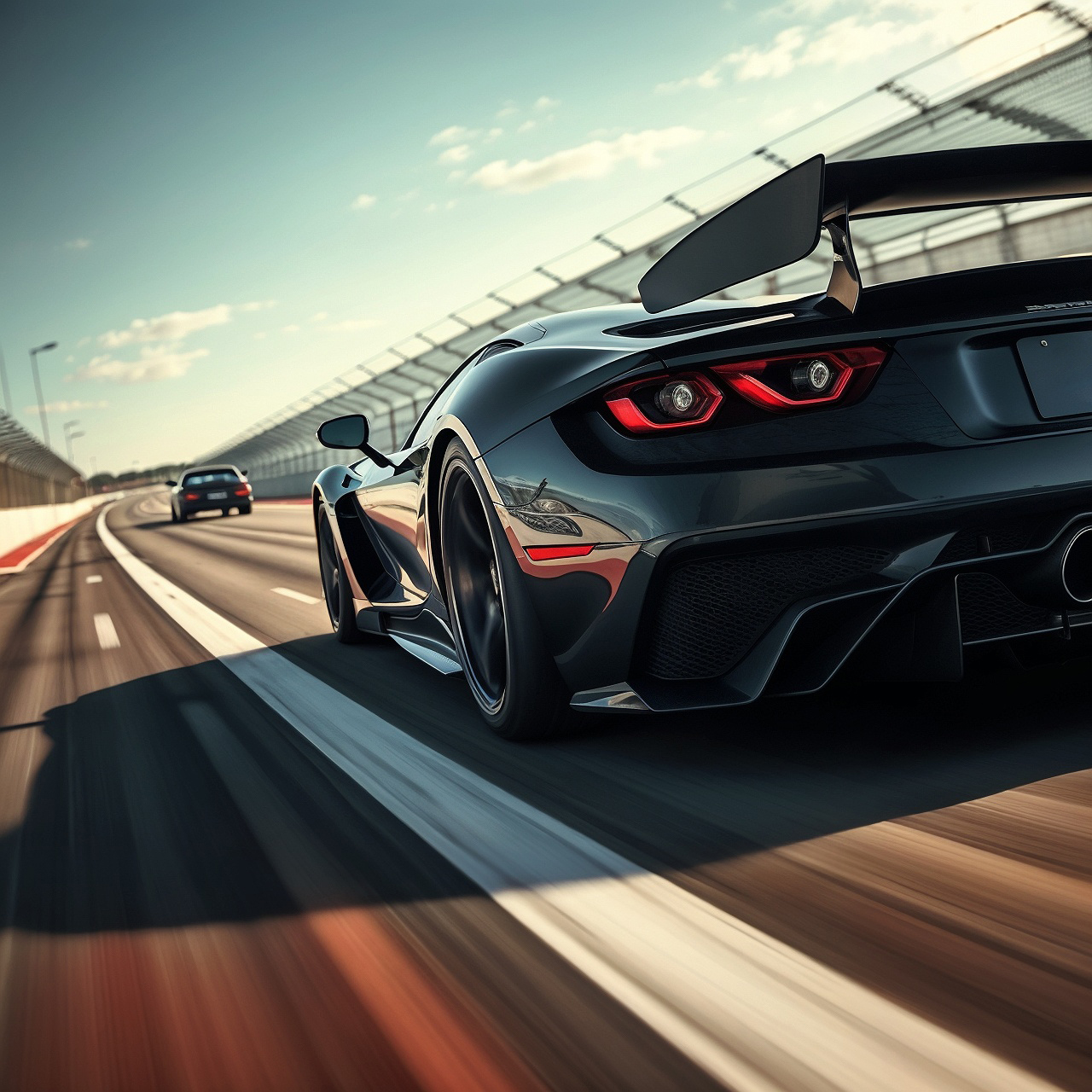
Diagonal lines are all about dynamism. They scream energy and motion, making them a go-to for automotive or sports ads. Picture a racetrack’s lines leading to a sleek sports car—that’s the kind of energy BMW might use to highlight speed in their campaigns. I often use diagonals when shooting action-oriented products to give the image a sense of urgency and excitement.
Curved Lines: Elegance and Flow
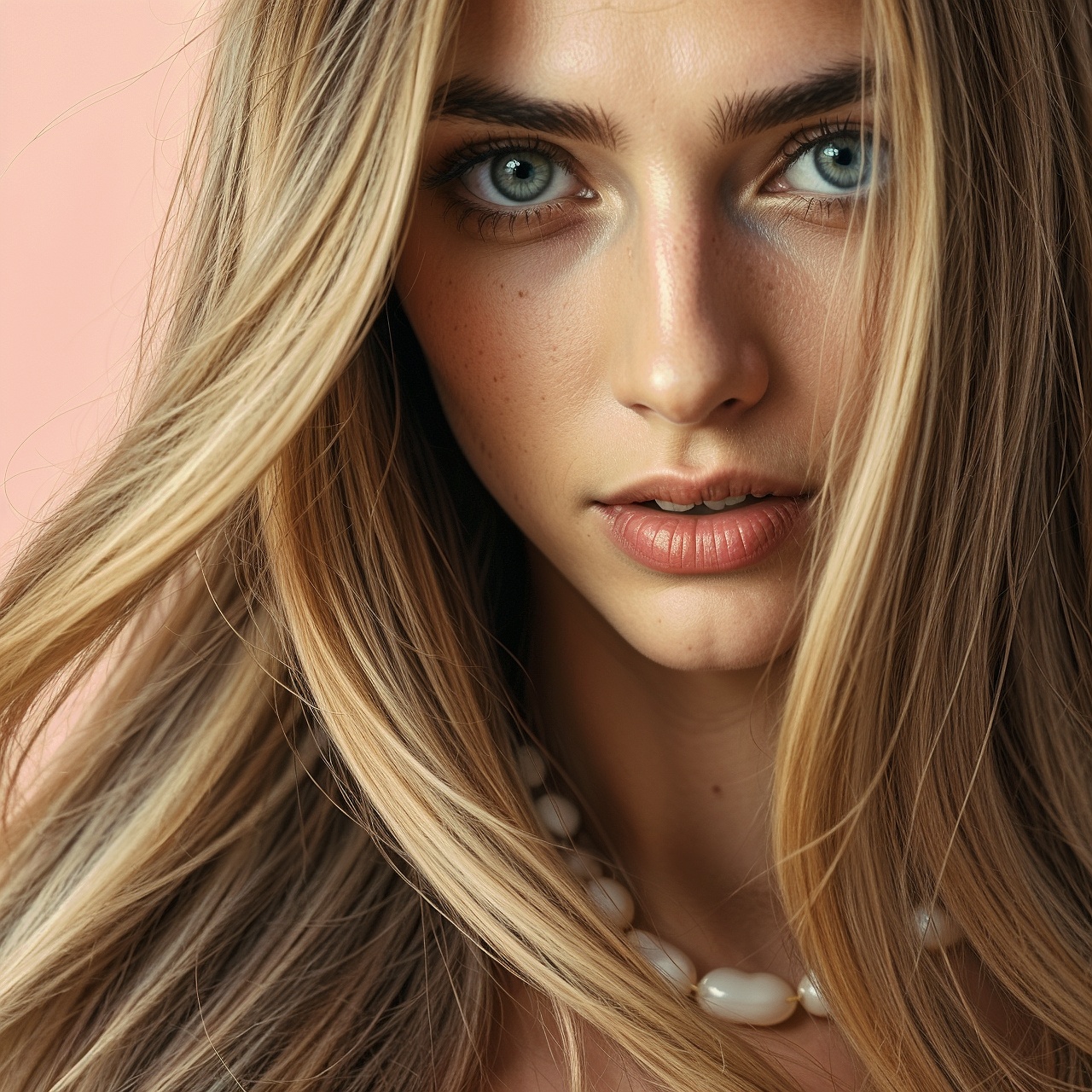
Curved lines, like the edge of a perfume bottle or the flow of a dress, bring softness and elegance. They’re a favorite in beauty and fashion ads. For example, I once shot a campaign where the model’s hair created a gentle curve leading to a necklace—subtle, but it made the product pop. Curved lines guide the eye smoothly, adding a touch of grace that’s perfect for feminine or organic brands.
Real-World Applications in Advertising
Let’s get practical. Here’s how leading lines shine in different advertising niches, based on my experience and industry insights.
Automotive Ads: Driving the Narrative

In automotive photography, leading lines are a game-changer. A winding mountain road leading to a car doesn’t just highlight the vehicle—it tells a story of adventure. I’ve used this technique for brands to evoke freedom and performance. The car’s own design lines, like the hood’s edges, can also act as leading lines, reinforcing the message of speed and style.
Fashion Photography: Highlighting the Product
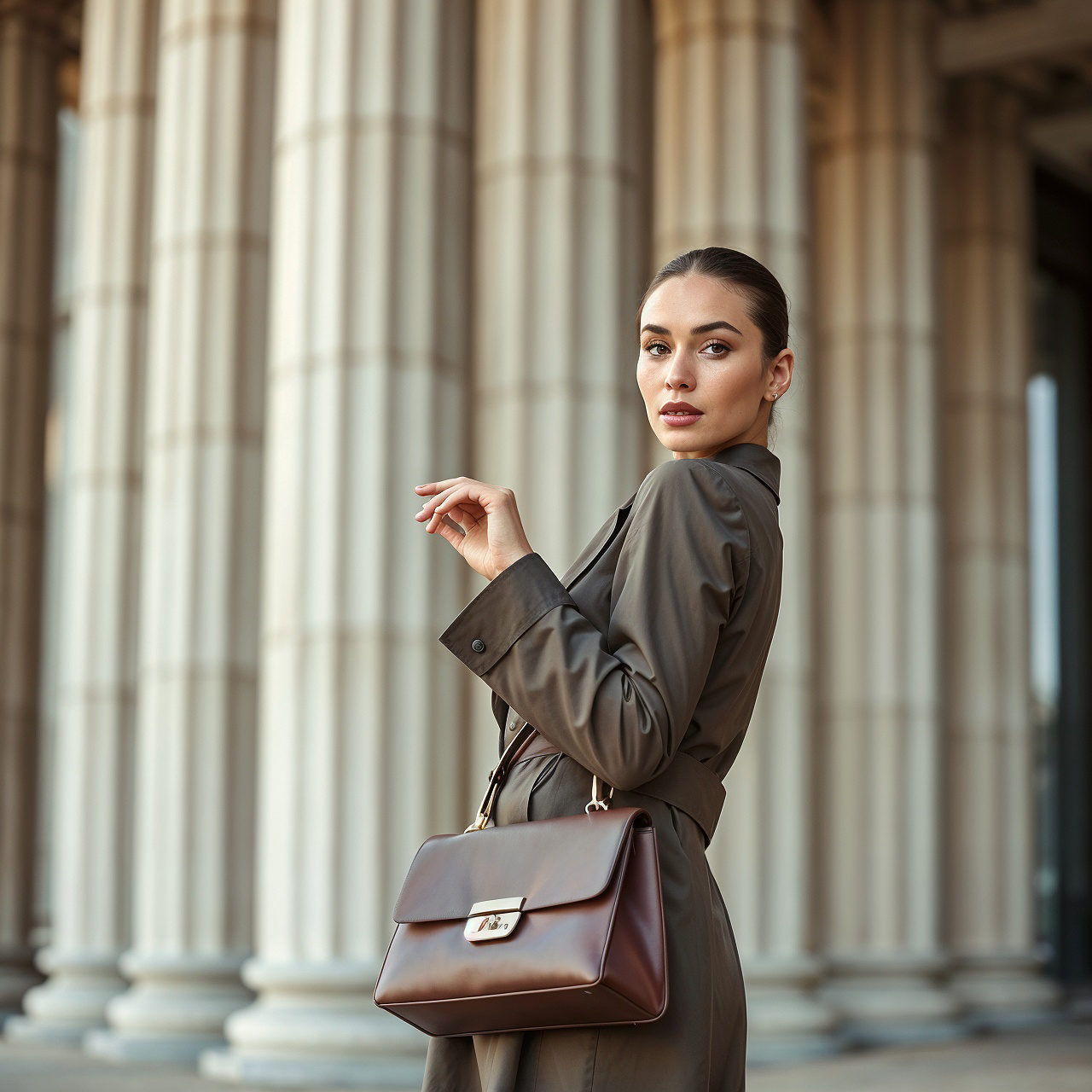
Fashion ads thrive on leading lines. A model’s pose can create a line—say, her arm pointing to a handbag—that directs the eye exactly where the brand wants. I’ve also used architectural elements, like vertical lines from a building, to add elegance to a shoot, ensuring the product (like a pair of heels) remains the focal point.
Food Photography: Making Dishes Irresistible
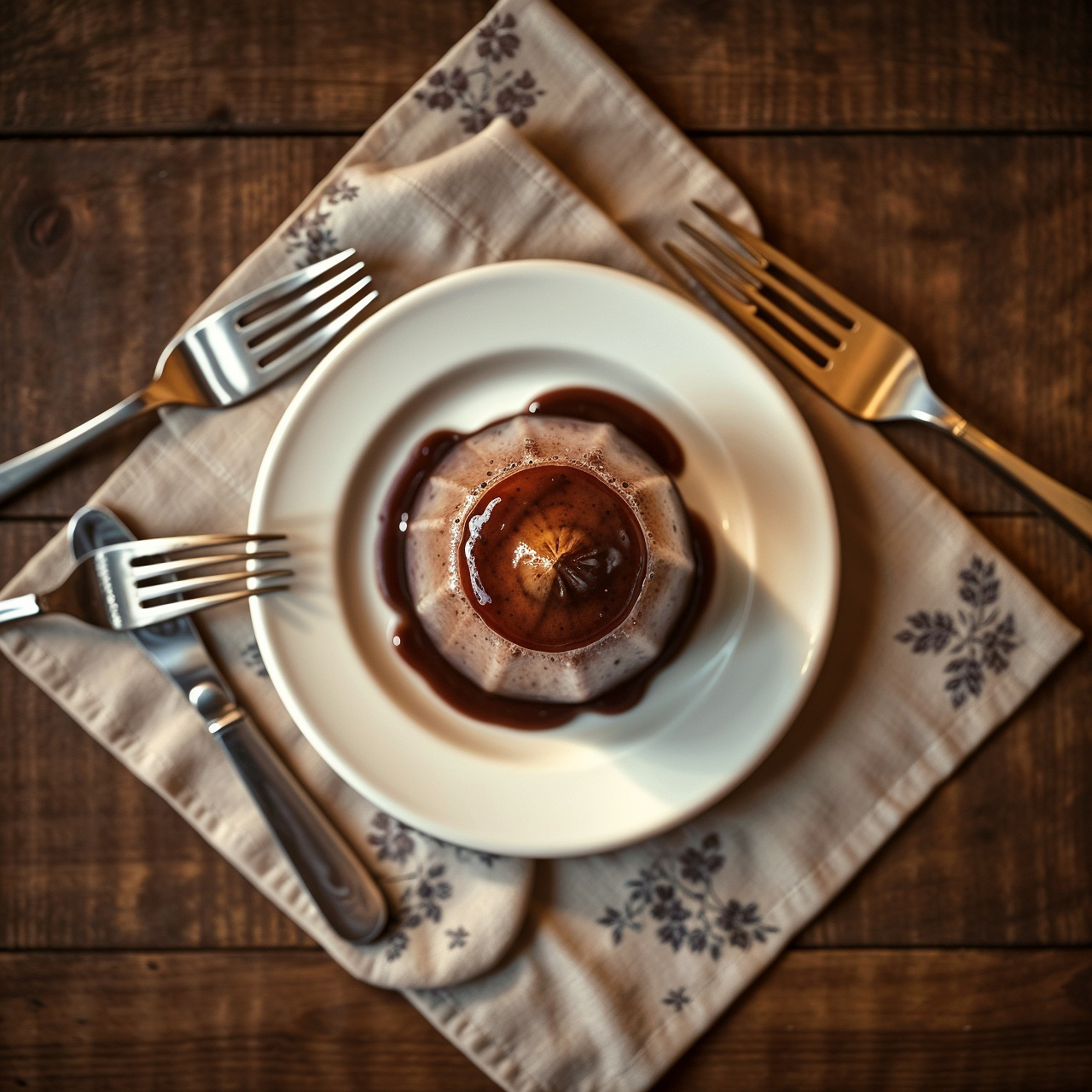
Food ads are all about temptation, and leading lines help. Arrange utensils or napkins to converge on a dish, and suddenly, the food becomes irresistible. I once shot a restaurant ad where the table’s edge and a fork’s shadow led to a plated dessert—it made viewers hungry just looking at it. It’s a simple trick, but it works wonders.
Practical Tips to Master Leading Lines
Want to incorporate leading lines into your next shoot? Here are some tips I’ve picked up over the years, inspired by resources like Adobe’s guide to leading lines:
- Scout Your Location: Look for natural lines—roads, fences, or shadows—that can lead to your subject. Preparation is key.
- Position Strategically: Place your product where lines converge, like a car at the end of a road, for maximum impact.
- Play with Angles: Shoot from a low angle with a wide lens to exaggerate lines and create drama.
- Use Lighting: Cast shadows that act as leading lines. Side lighting works wonders for this.
- Keep It Clean: Don’t overcrowd the frame. A few strong lines are more effective than a busy image.
- Enhance in Post: Boost contrast or sharpness in editing to make lines pop, ensuring they guide the eye effortlessly.
The Future of Leading Lines in Digital Advertising
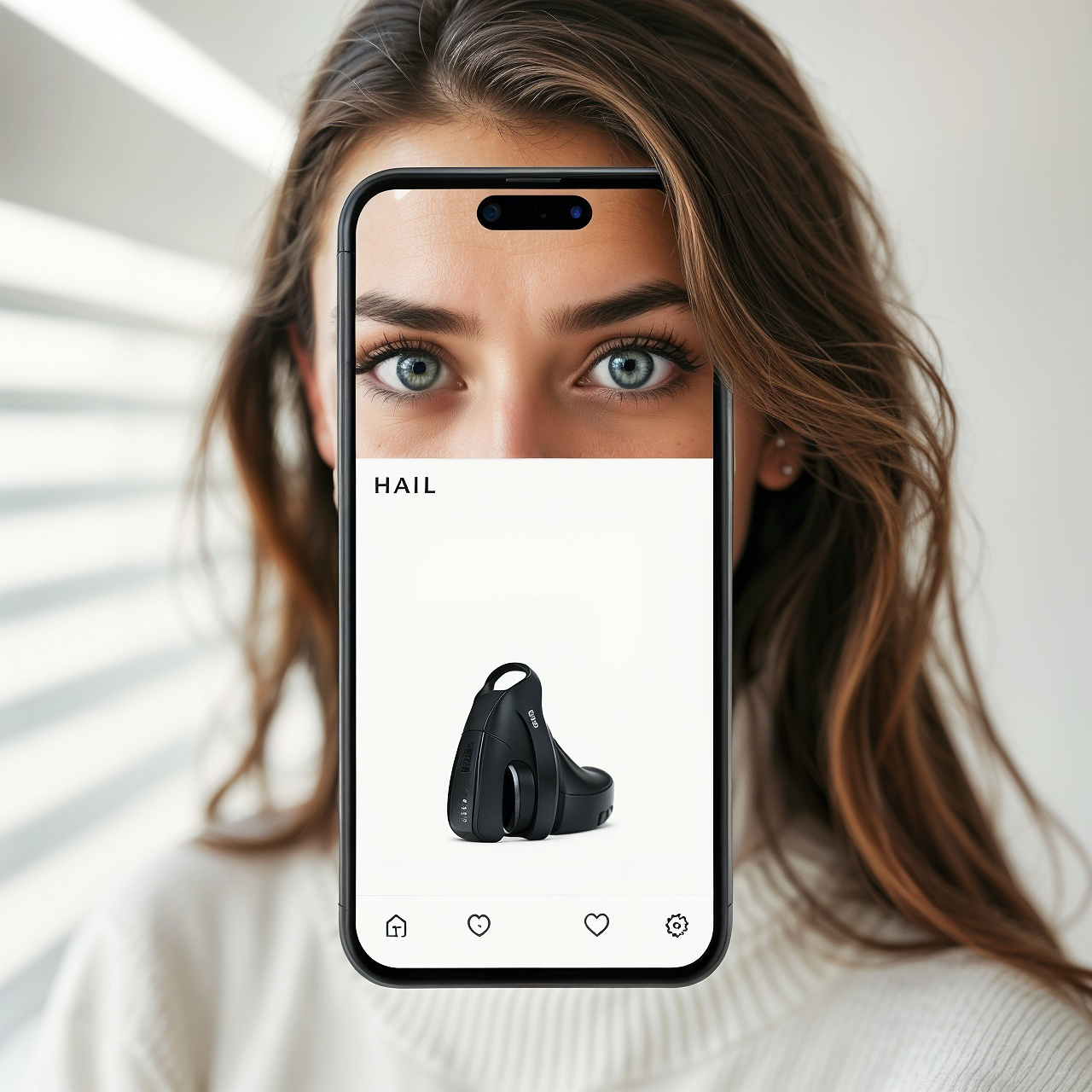
As advertising shifts to digital platforms, leading lines are evolving. With vertical formats for Instagram Stories or square images for feeds, photographers need to adapt. The minimalist trend of 2025, with its focus on clean lines, makes this technique even more relevant. I’ve started experimenting with vertical leading lines for mobile ads, ensuring the product remains the focus even on smaller screens. It’s a small tweak, but it keeps your work ahead of the curve.
Elevate Your Photography with Leading Lines
Leading lines aren’t just a technique—they’re a storytelling tool. They guide, they captivate, and they sell. Whether you’re shooting a car, a dress, or a dessert, mastering leading lines can elevate your advertising photography to new heights. So, next time you’re on set, look for those visual pathways that can lead your audience right to the heart of your image. Trust me, it’s a game-changer.
If leading lines caught your eye, wait until you see what else I can frame. Head over to the finest commercial photographer in Kolkata—I’d love to create something stunning for you!